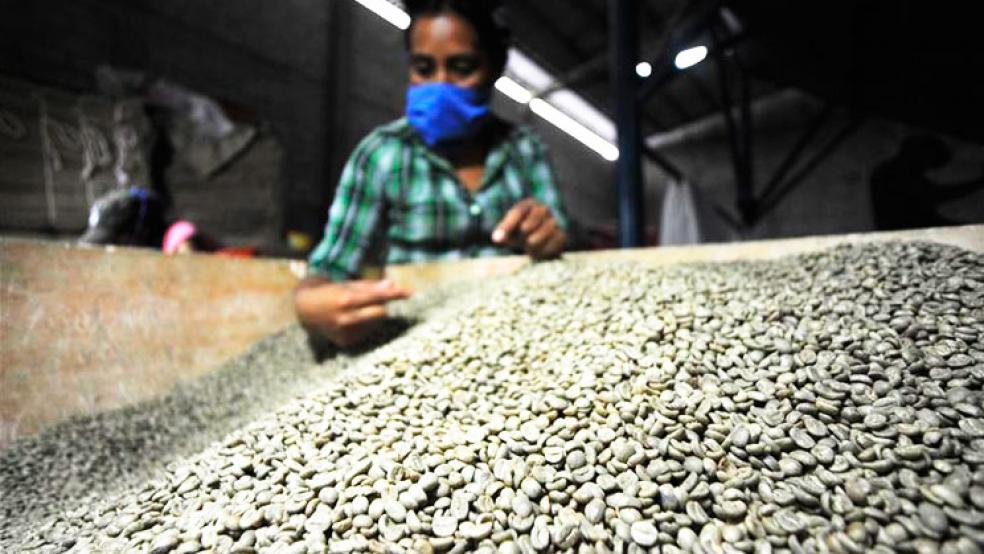It may look like coffee, smell like coffee and even taste like coffee, but your daily cup of Joe probably isn’t as pure as it should be. Some unwanted ingredients are now being added to it and most consumers are none the wiser.
Coffee producers are adding fillers to ground coffee, according to new research by State University of Londrina in Brazil and presented this week at a meeting of the American Chemical Society. The common filler ingredients that have been found include wheat, husks and sticks, soybean, acai seeds, barley, corn, rye and brown sugar – even clumps of earth.
Related: 10 Best Fast Food Restaurants in America
These extra and surprising impurities in coffee aren’t supposed to be harmful, although it’s not clear what health consequences they could have for people with celiac disease, who can’t eat gluten – as well as those with gluten sensitivities and food allergy issues.
One thing is for sure: With such counterfeit coffee, producers are hoping to stretch their coffee supplies and increase profits, especially as a global shortage looms in the next few decades, which many blame on climate change.
Production from Brazil, the top country producer of coffee, is projected to drop in 2014 due to the recent drought there.
Related: 8 Things You Didn't Know About Coffee
“With a lower supply of coffee in the market, prices rise and that favors fraud because of the economic gain,” said research team leader Suzana Lucy Nixdorf in the study. Nixford and her research team are developing a test at the manufacturing level to quickly find unwanted fillers in coffee before the beverage reaches stores and restaurants.
“With our test, it is now possible to know with 95 percent accuracy if coffee is pure or has been tampered with,” noted Nixford, adding that after roasting and grinding the raw material, it becomes impossible to see any difference between grains of lower cost incorporated in the coffee, particularly because of the dark color and oily texture of coffee.
Related: 2014 Winners of the ‘Fattest’ Fast Food Chains
This isn’t the first time coffee is being impaired with something else in the food chain. During the American Civil War, Louisianans began adding chicory to its coffee to stretch out the supply when shipments of coffee to the port of New Orleans came to a halt, according to a Smithsonian article on the history of chicory and coffee mix.
Top Reads from The Fiscal Times:
- 13 Extreme Foods for Daredevil Eaters
- Why You Should Unplug Your Analog Phone Before Nov.4
- The App That Brings a Doctor to Your Door





